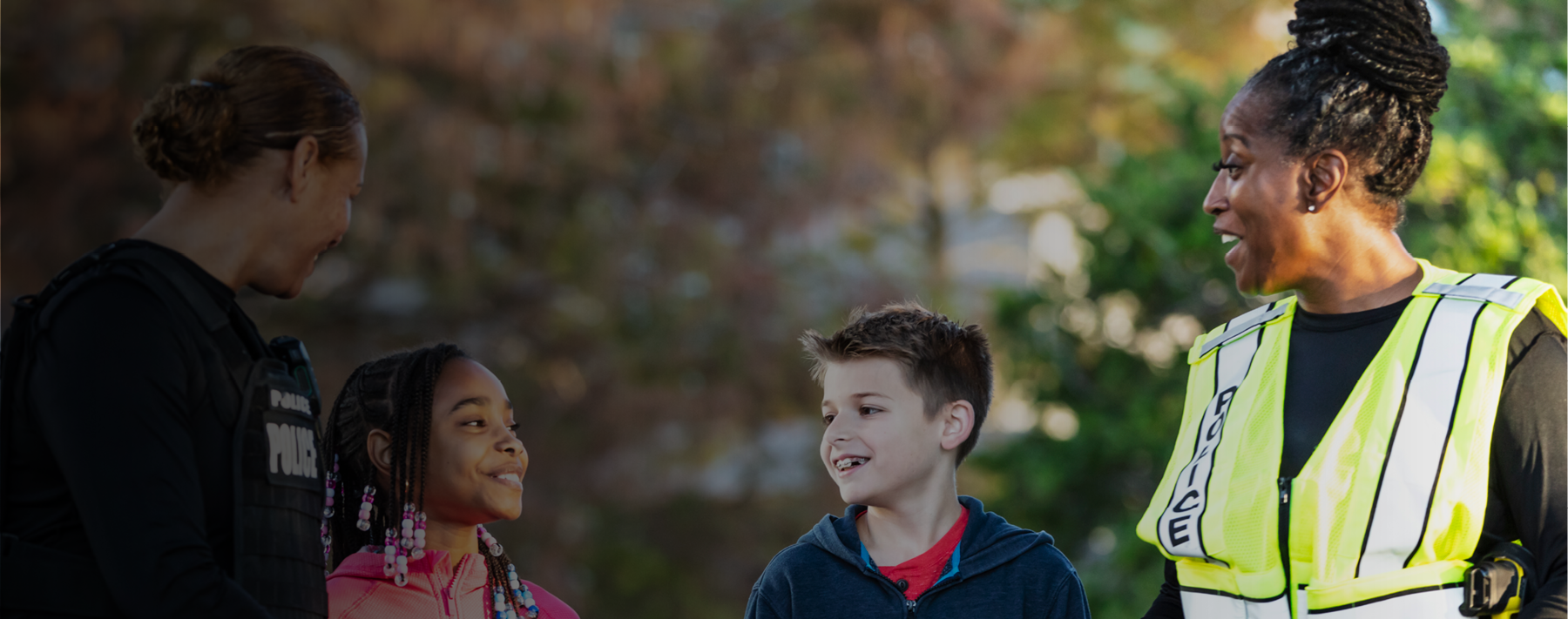Editor’s Note: This article is part of a series. Click here for the previous article.
Gordon Graham here and welcome back. Earlier in these articles I introduced you to the 10 Families of Risk and we are now in family four, Organizational Risk Management. Today’s focus: getting and keeping good people in your organization.
There are four principal components in the “people” pillar of success:
1. Recruitment
2. Background investigations
3. Probation
4. Performance evaluations
We will explore these one at a time, with one goal: I want to validate a lot of what you are already doing, and simultaneously give you some ideas on how to improve your performance in each of these components.Getting and keeping good people starts with recruitment, and I will kick off this piece with a thought: Your public safety agency hires from an “applicant pool.” If your applicant pool is an applicant puddle, you have a significant problem lying in wait. We must work diligently on increasing the size of this pool.
The bigger the pool, the better. A wide, broad and deep applicant pool will allow you to pick and choose among good people so that you can select a workforce that is topnotch and reflects the makeup of the community you protect and serve. Both are essential for continued success and public support.Today, in too many regions around America, the public safety recruitment pool (particularly on the law enforcement side of things) is very small and there is a lot of competition for qualified applicants.
Not to digress (I tend to do that a lot), but I can recall as a kid growing up in San Francisco in the early 60s watching the evening news with Walter Cronkite and seeing a camera shot from a “whirlybird” (yes, that was what we used to call helicopters) of a throng of men in New York City that filled the sidewalk and was several blocks in length. These men were applicants lining up for the written test to become a New York City police officer. I can still hear Cronkite’s voice explaining that some 30,000 men were taking the test that day—a story he repeated annually.
Fast-forward a decade and I was testing for a job with the California Highway Patrol (CHP) at a huge auditorium at San Francisco City College along with thousands of other guys (it was all men back then). After we all filed into the testing area, there was an announcement that there were nine other sites throughout the state where the testing was taking place and a total of 40,000 applications were received. This test was the start of the process to ultimately select 1,000 new officers.
More than 40 years later, from New York to California, those huge numbers are gone. There are many reasons why this has happened (violence against cops, anti-police commentaries, lack of physical fitness, drug abuse, to name a few) but that is not the focus of this piece. Our focus is “What can we do to increase the size of the applicant pool?”
The good news is that there are a lot of things you can do. First, you need a recruitment unit—dedicated women and men whose sole mission is building the size of the applicant pool. Please take this seriously, and do not make the recruitment unit a dumping ground for the lazy people in your organization who don’t do anything. Your recruitment unit needs to consist of your best people, who will have the skills and abilities to get to the churches, the colleges, the gyms, the military bases, and all the places where good people tend to congregate.My guess is that most of you have such a function in your department. But here is a second thought for you. If I were running your department, I would make everyone a recruiter. That’s right—part of every job description in every public safety agency would be “recruitment,” with language such as “While you are on duty”—and please make that very clear, I do not want to generate any Fair Labor Standards Act problems or worker’s compensation issues and trust me, I have seen this happen across America—“you should make at least one contact per day with the goal of getting that person interested in a career in law enforcement or the fire service.”
Look at all the great people you meet every day. You meet them on calls, on interactions with people who need assistance, in restaurants and myriad other situations.Take the time to say, “You know, I have only just met you but you seem like a good person, have you ever considered a job in public safety?” And give your people the tools (packets of information, a card with a website address, pay and benefits information) so that the person you are chatting with can follow up if they are interested.
Think about the numbers. If everyone in your department discovered just one good, solid recruit in their career, that would help you keep up with attrition. If everyone made it their goal to find just one person per year, you would significantly increase the size of your applicant pool. If they found just one person a month, you would have an applicant pool 12 times that size. And if everyone made it their goal to find one good woman or one good man per day, you would have that wide, broad, deep applicant pool that would allow you to pick and choose to get topnotch people who reflect the demographics of your community.
I know most of you are aware of the public safety recruitment problem. Hopefully some of the thoughts I’ve shared here will spur some new ideas about how you can start to tackle the problem in your organization. In my next piece, I will get into the importance of comprehensive background investigations. Until then, please give some thought to better ways to recruit the next generation of public safety personnel.




